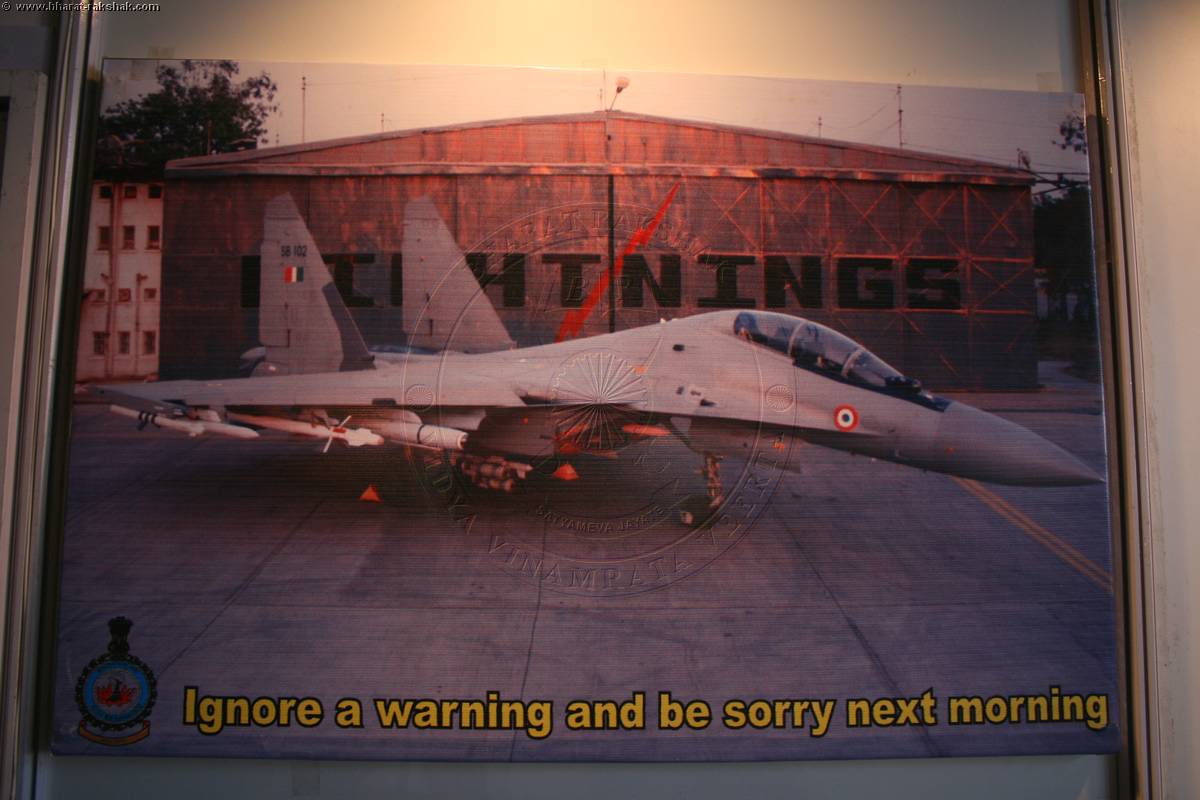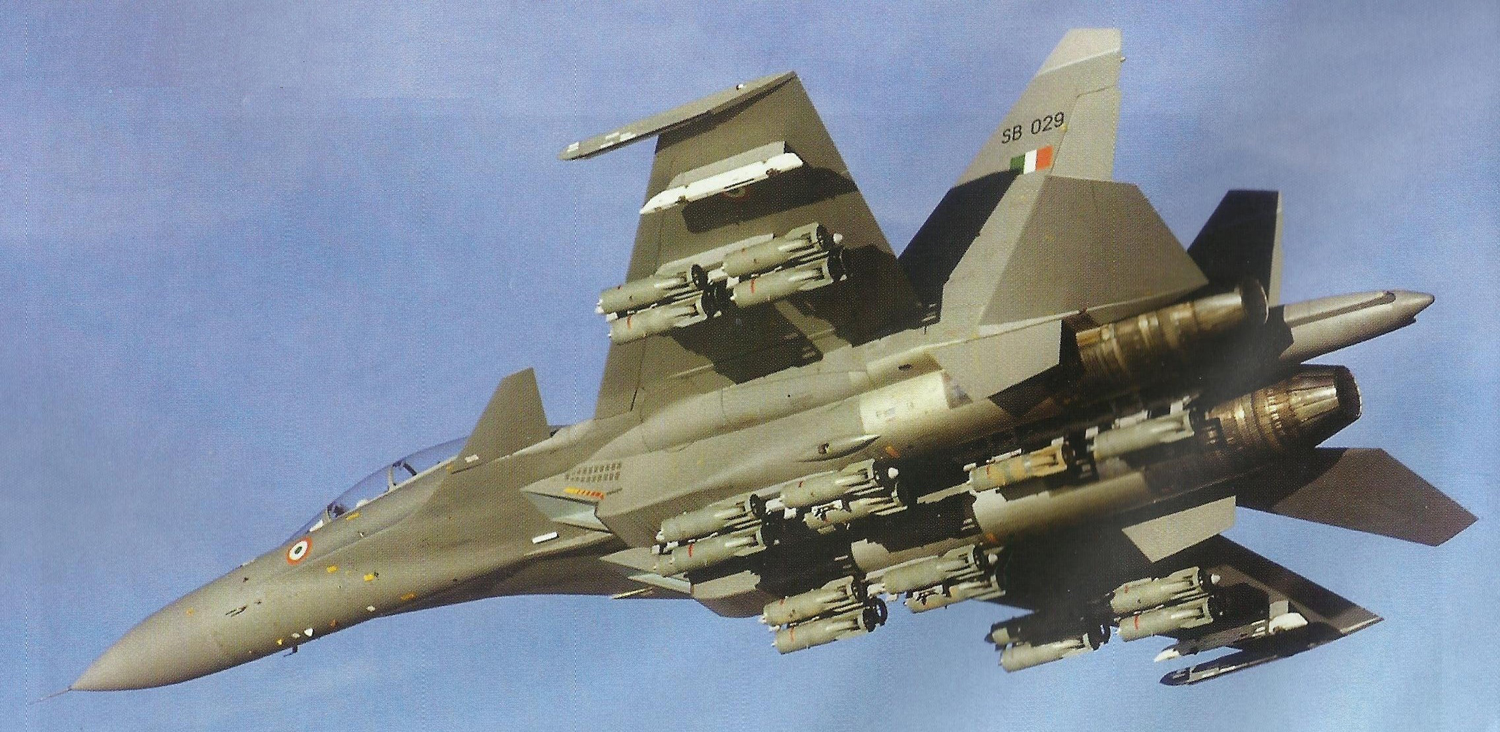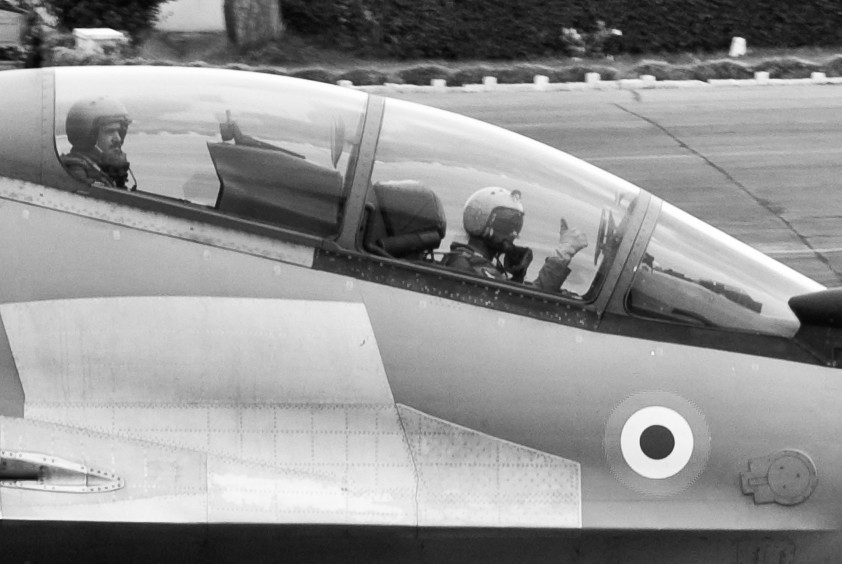LurkerBaba
New Member
- Joined
- Jul 2, 2010
- Messages
- 7,883
- Likes
- 8,138
Sukhoi 30 MKI is a long-range, high-endurance, heavy-class Air Dominance Fighter with multi mission capabilities. It is currently the most advanced version of Flanker series anywhere in the world.
Su-30 series were a logical upgrade over the Su-27 produced in the USSR
It gives its operator, the Indian Air Force, a capability that will remain unmatched by all rivals for the forseeable future.
Summary from Vayusena
---
Indian Air Force will raise four more squadrons of Su-30 MKI fighter Codenamed 'Flying Lancers' in Punjab along the Pakistan border.
A new $3.5-billion deal for 40 Super Sukhoi fighter aircraft will be signed between India and Russia. The fighters will be delivered by 2014-2015

Summary of recent news
---
Link to older thread http://defenceforumindia.com/forum/indian-air-force/1363-su-30-mki-116.html
Su-30 series were a logical upgrade over the Su-27 produced in the USSR
It gives its operator, the Indian Air Force, a capability that will remain unmatched by all rivals for the forseeable future.
Summary from Vayusena
---
Indian Air Force will raise four more squadrons of Su-30 MKI fighter Codenamed 'Flying Lancers' in Punjab along the Pakistan border.
A new $3.5-billion deal for 40 Super Sukhoi fighter aircraft will be signed between India and Russia. The fighters will be delivered by 2014-2015

Summary of recent news
---
Link to older thread http://defenceforumindia.com/forum/indian-air-force/1363-su-30-mki-116.html








